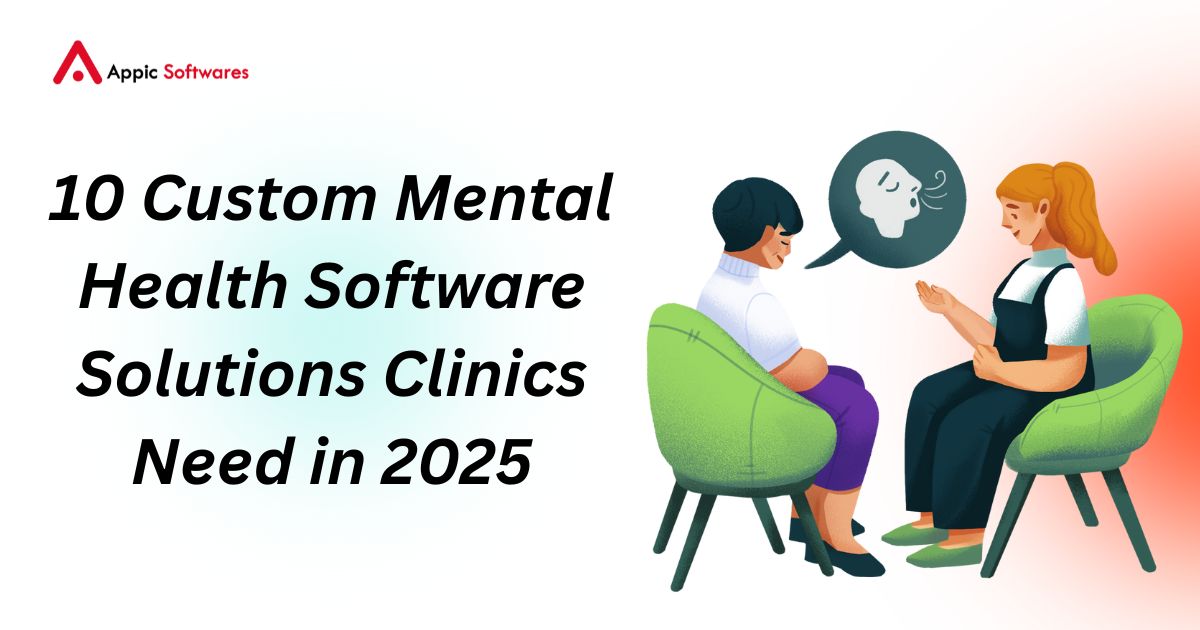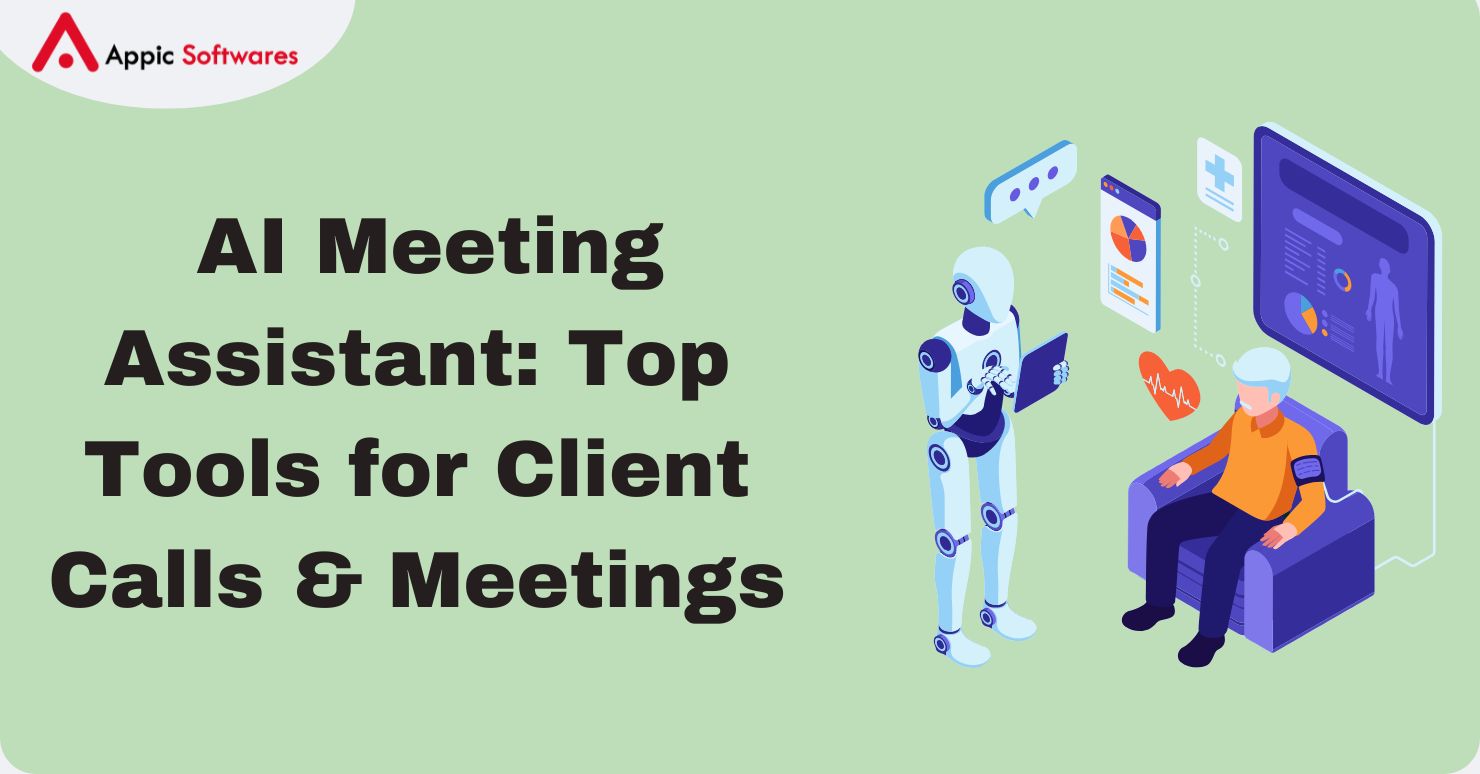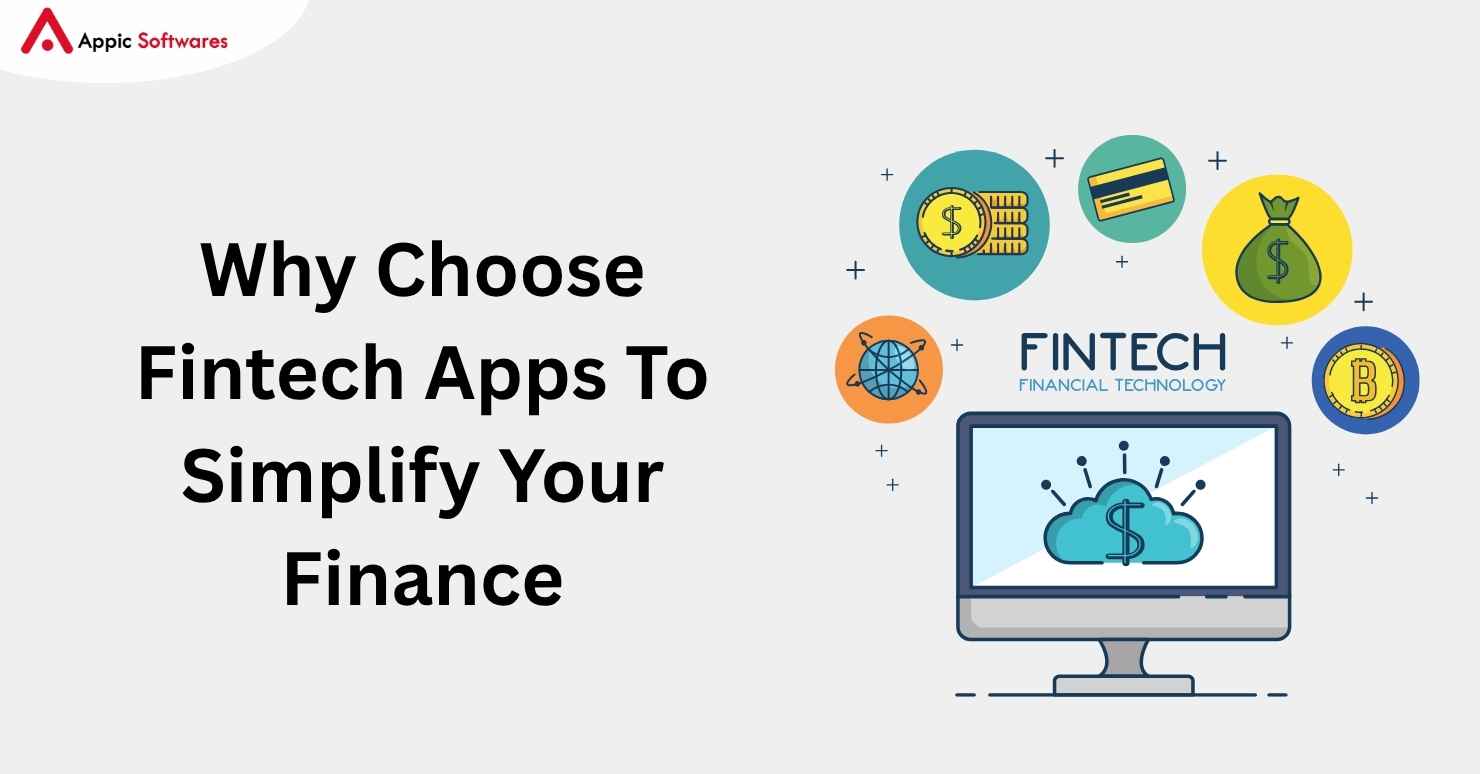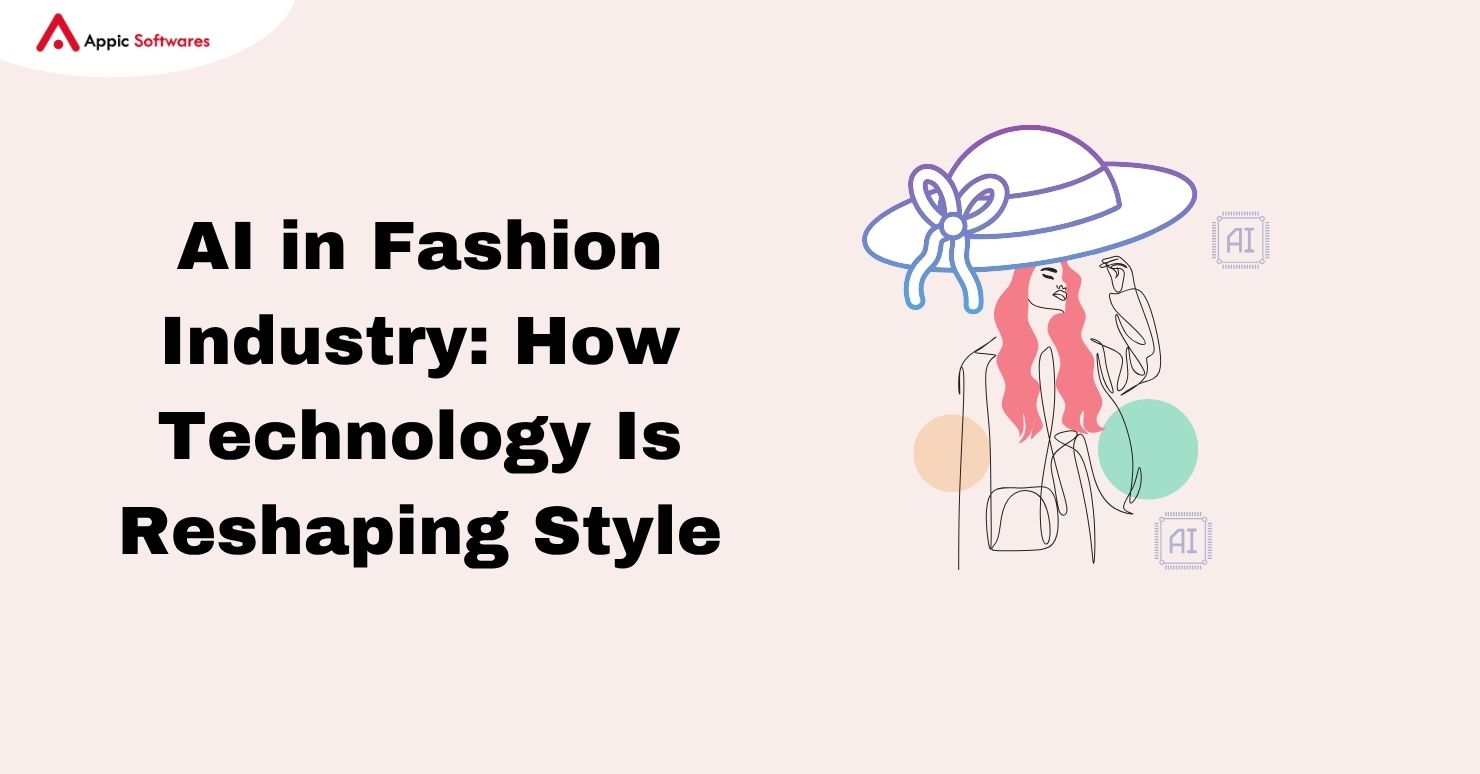
In 2025, AI and fashion came together and made significant changes to how clothes are created, made, marketed, and sold. Automation, smart algorithms, and data-driven insights are improving processes and making them more useful compared to those that previously relied mostly on human imagination and intuition. AI is changing the fashion industry, and companies are still getting used to this change. Learn more about how goal based AI agents are enhancing automation in various sectors, including fashion.
Product Design Assistance
AI is helping fashion designers speed up the creative process. By using AI tools, firms can create accurate product concepts, sketches, and color schemes that are informed by historical trends and current consumer preferences. These algorithms can look over thousands of fashion archives and customer reviews to come up with designs that meet the needs of today’s shoppers. This parallels innovations seen in the development of different types of AI agents that support creativity and logic-based tasks.
For example, Repsketch lets fashion teams make realistic technical sketches that look like the finished goods. Artiphoria gives people who don’t work in design the tools they need to make fashion artwork that is ready to be printed. This makes them less reliant on traditional graphic designers.
Read more: How To Develop An AI Call Receiver?
Trend Analysis with AI
Trend analysis seamlessly integrates with fashion. AI systems mine vast amounts of data from social media, search engines, blogs, and e-commerce platforms to detect emerging trends. They use pattern recognition and predictive analytics to forecast consumer demand with precision, mirroring how video commerce strategies are now driven by user interaction analytics.
Platforms like Brandwatch and Talkwalker employ AI to analyze billions of online interactions and summarize public sentiment around fashion products. Tools like Power BI allow businesses to integrate multiple data sources and visualize insights in real-time.
Generative AI in Fashion
Generative AI in fashion means AI models that can make new things on their own. It is different from standard rule-based AI in that it learns from data and comes up with new designs, visuals, or ideas. These capabilities are aligned with current AI development trends that promote smarter decision-making and creative assistance across industries.
In fashion, generative AI is being used to:
- Explore design options: AI generates multiple versions of a design, considering different constraints.
- Optimize products: From material usage to weight and sustainability, generative tools help improve functionality.
- Accelerate design timelines: AI reduces manual iterations and provides designers with instant feedback.
How AI Is Transforming The Fashion Industry
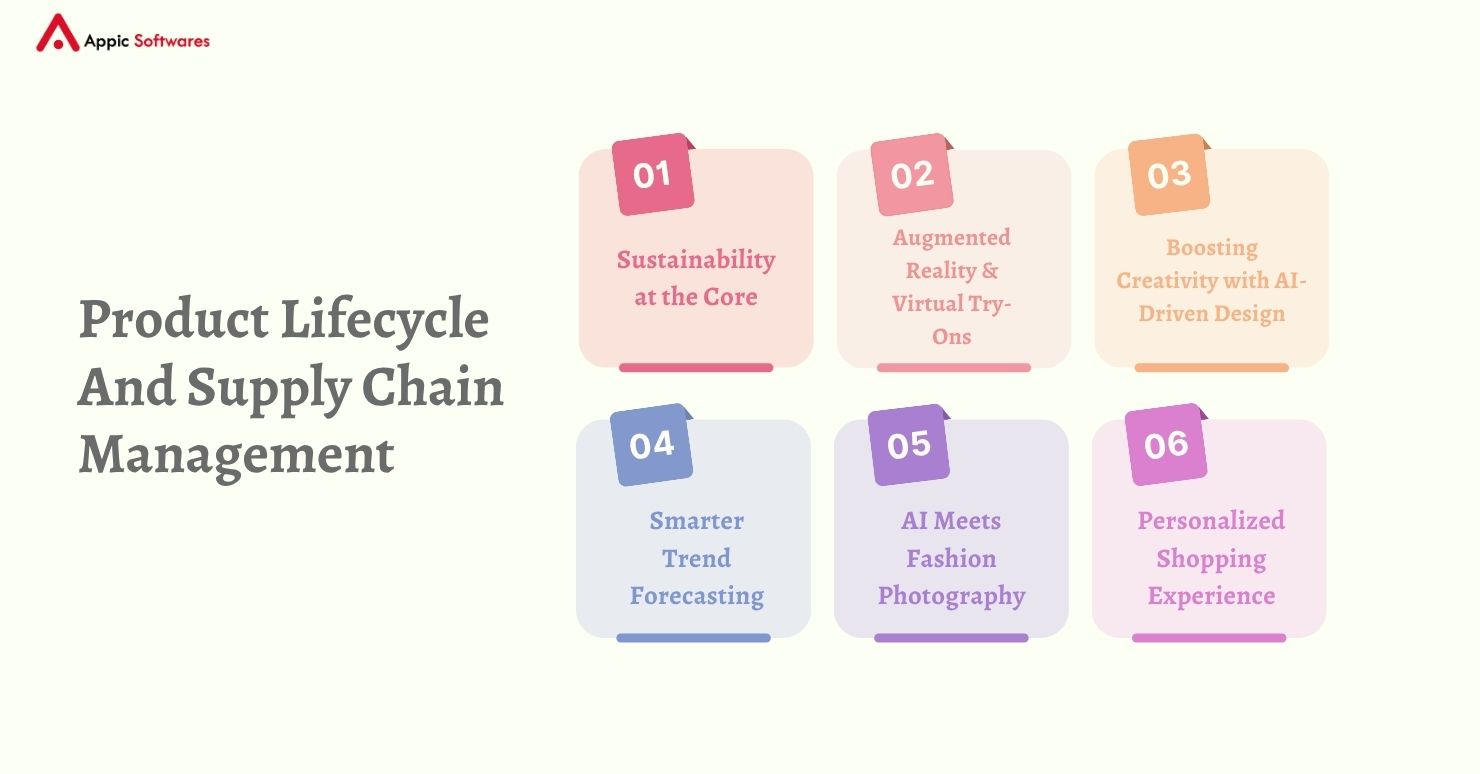
1. Sustainability at the Core
People have long criticized the fashion industry for its negative effects on the environment, such as its huge water use, pollution, and waste. But brands are using artificial intelligence (AI) to help them fix these problems in a big way.
AI helps fashion firms make decisions based on data to cut down on waste, lessen carbon emissions, and make the best use of water by giving them tools that evaluate important environmental indicators during the production process. Using machine learning and cloud-based data processing, Stella McCartney worked with Google Cloud to make the supply chain more open. This improvement makes it possible to get things in a more ethical way and do things that are good for the environment.
With Gen Z’s increasing focus on eco-conscious brands, more companies are adopting similar practices—sometimes with help from remote teams, such as those you can hire indian developers.
2. Augmented Reality & Virtual Try-Ons
One of the biggest hurdles in online fashion shopping is the inability to try clothes on before buying. This often leads to sizing issues and disappointed customers. According to survey, 42% of online shoppers feel excluded due to the lack of representation in model images, while 59% have faced disappointment because the items they ordered didn’t meet expectations. Their growing usage aligns with the integration of ecommerce APIs that support immersive retail experiences.
Enter AI-powered virtual try-ons and augmented reality (AR) tools. Brands like Burberry have introduced AR features that let users see how products would look in their real-world surroundings. Meanwhile, Google Shopping is enhancing its virtual try-on experiences by including diverse models, helping users find the right fit and feel more represented.
3. Boosting Creativity with AI-Driven Design
Making fashion collections is an art, but AI is turning out to be a very useful tool for this job. Designers can make better creative judgments now that machine learning algorithms can look at hundreds of pictures and client trends. Implementing these tools is often part of broader digital transformations, the costs of which resemble those outlined in the typical cost to create an app.
For example, Tommy Hilfiger’s “Reimagine Retail” project had students from the Fashion Institute of Technology employ AI techniques to go through the company’s library and come up with brand-new concepts. Calvin Wong also created AiDA in Hong Kong. This AI technology helps designers by turning rough sketches and color palettes into full blueprints. AiDA has already helped make more than 80 fashion outfits for the “Fashion X AI” event. This experiment shows that AI can help artists be creative without taking their place.
4. Smarter Trend Forecasting
Gone are the days when trend forecasting relied solely on intuition, runway shows, or street-style observation. Today, AI tools can comb through massive datasets, think search queries, social media buzz, and sales numbers, to spot rising trends with greater accuracy.
One standout player in this space is Trendalytics, a New York-based platform that helps brands predict what’s hot and what’s fading. Their AI analyzes real-time data to identify trends. This approach allows fashion retailers to align their collections with consumer demand better and maximize revenue throughout the product lifecycle.
You may like reading: 21 AI In Real Estate Examples
5. AI Meets Fashion Photography
Photography is a big part of fashion branding and storytelling, and AI is changing this field in a big way, too. With tools like DALL.E, a new type of AI-generated visual art is coming out that combines human creativity with machine accuracy.
For example, the May issue of Vogue Italia had a groundbreaking collaboration between supermodel Bella Hadid, stylist Imruh Asha, photographer Carlijn Jacobs, and AI artist Chad Nelson. They used DALL·E to make pictures that went beyond what is usually done in fashion photography. Their work showed that AI can improve creative expression instead of taking it away.
6. Personalized Shopping Experience
AI is making shopping more personal. Instead of showing the same products to everyone, AI helps websites suggest clothes based on your style, size, and past purchases.
For example:
- You visit a fashion website.
- AI tracks what you like and click on.
- Next time, it shows you styles that match your taste.
This not only saves time but also makes shopping more fun and accurate. It also builds stronger connections between brands and customers.
Bonus read: Enterprise Drupal Development: A Complete Guide
Product Lifecycle And Supply Chain Management
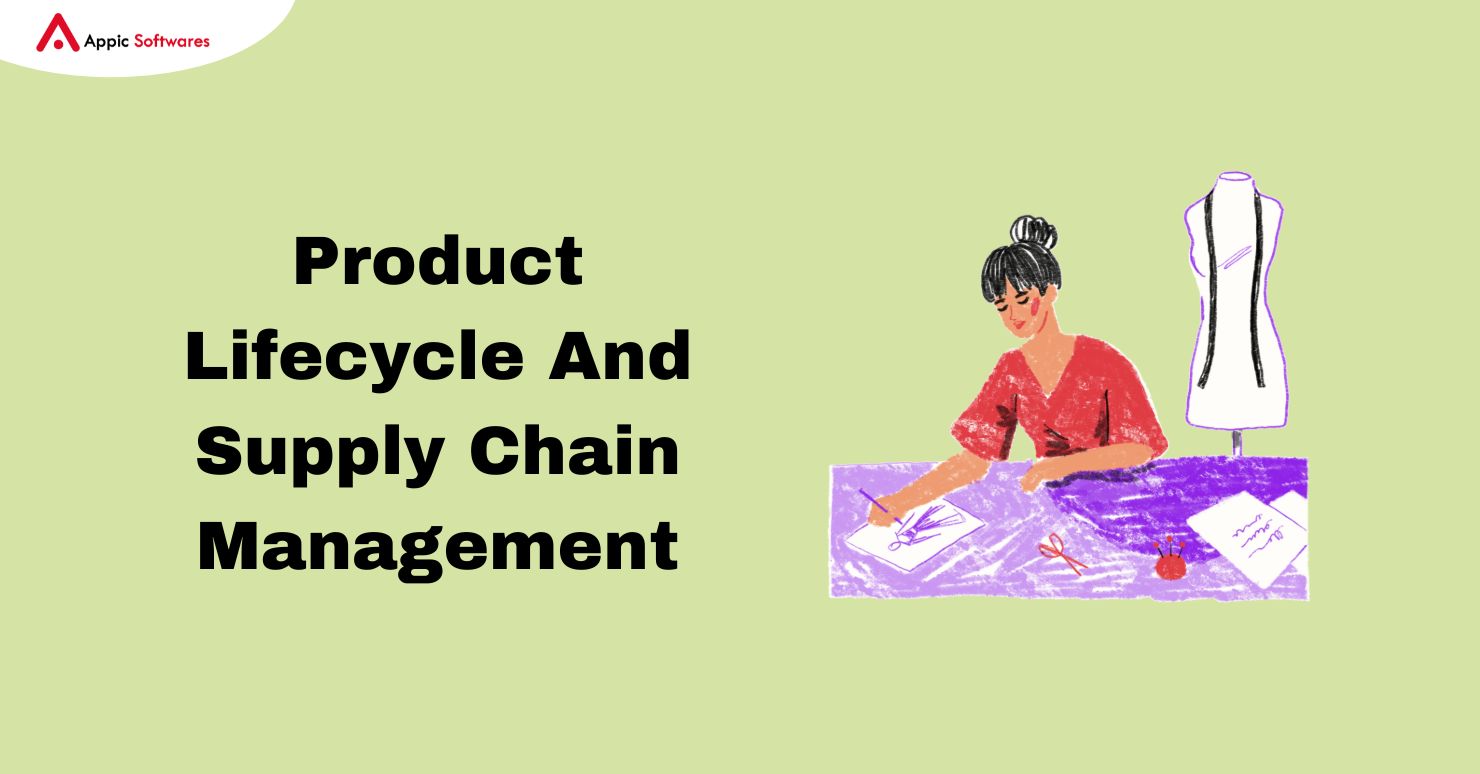
AI-powered product lifecycle management (PLM) systems track a product’s journey from concept to consumer. These tools integrate design, manufacturing, quality control, and logistics into a unified platform.
Examples include
- PLMBR PLM: Offers design tools, component libraries, vendor collaboration, and in-house quality control.
- Logility: Uses AI to automate planning, improve accuracy, and reduce operational inefficiencies.
AI also helps predict maintenance needs for logistics vehicles, ensuring consistent delivery performance.
Marketing and Customer Service
AI is transforming how fashion brands connect with their audiences:
- Chatbots powered by AI handle customer service queries around the clock.
- Content creation tools like Anyword generate compelling copy for blogs, ads, and social media.
- Braze and Pulsar enable customer segmentation and campaign optimization.
- AI-driven tools identify trending topics and optimal posting times for social engagement.
Virtual Try-On and Fitting Rooms
Virtual fitting rooms are making online shopping better with the help of fashion AI. Using computer vision and body scanning algorithms, people may try on items on digital avatars that are made to fit their size, body shape, and skin tone.
Banuba’s virtual try-on technology and Google’s generative AI tool help people see how clothes will fit before they buy them. This lowers the number of returns and makes customers happier.
Visual Search Technology
Visual search allows shoppers to upload images and find similar products. AI identifies patterns, colors, and silhouettes, improving product discovery.
Tools like Royal Cyber and Folio 3 provide AI-based visual search that bridges offline inspiration and online purchases, making fashion discovery more intuitive and seamless.
Inventory Management And Logistics
AI improves every aspect of inventory and logistics:
- Real-time inventory tracking
- Smart restocking algorithms
- Route optimization for deliveries
- Predictive maintenance for transport vehicles
Platforms like SkuVault and Fishbowl use AI to prevent stockouts and overstock situations while also automating warehouse operations.
Read more: AI In Inventory Management: Use Cases, Benefits, And More
Supplier Management
AI tools are also improving supplier relationships:
- IBM Sterling offers supply chain intelligence
- Ironclad automates contract creation and management
These platforms help monitor performance, ensure compliance, and improve collaboration between brands and suppliers.
Final Words
AI isn’t just a buzzword in the fashion world; it’s quickly becoming a vital part of how clothes are designed, produced, and sold in 2025. AI is impacting every aspect of the fashion industry, from streamlining creative design and reducing environmental impact to enhancing the personalization and efficiency of online shopping. It’s not replacing creativity or craftsmanship; instead, it’s enhancing it, helping designers and brands work smarter and faster while staying aligned with what consumers truly want.
As fashion continues to evolve, one thing is clear: the brands that embrace AI today will shape the trends of tomorrow.
Whether you’re a fashion startup or an established brand looking to modernize your product development process, Appic Softwares can help you harness the power of AI. From virtual try-ons and trend forecasting to inventory automation and generative design, our team specializes in building intelligent on-demand app development solutions tailored to your needs.
Get in touch with us today!
FAQs
1. What is AI in fashion?
AI in fashion means using smart technology and computer systems to help with designing clothes, predicting trends, managing inventory, improving online shopping, and making better business decisions in the fashion world. Many industries, like ecommerce app development, are also integrating similar AI tools to enhance user experiences.
2. How does AI help fashion designers?
AI helps designers by showing them what’s trending, suggesting color and style combinations, and even creating design mockups. This saves time and gives designers fresh ideas based on what customers actually want. It’s similar to how tools are used in beauty salon app development to provide tailored solutions based on user needs.
3. What is generative AI in fashion?
Generative AI is a type of AI that can create new things, like outfit designs or patterns, on its own by learning from past styles. It’s like having a creative assistant who gives you design suggestions.
4. Can AI help make fashion more sustainable?
Yes, definitely. AI helps reduce waste, choose eco-friendly materials, and track how clothes are made and used. This supports a more sustainable and responsible fashion industry.






